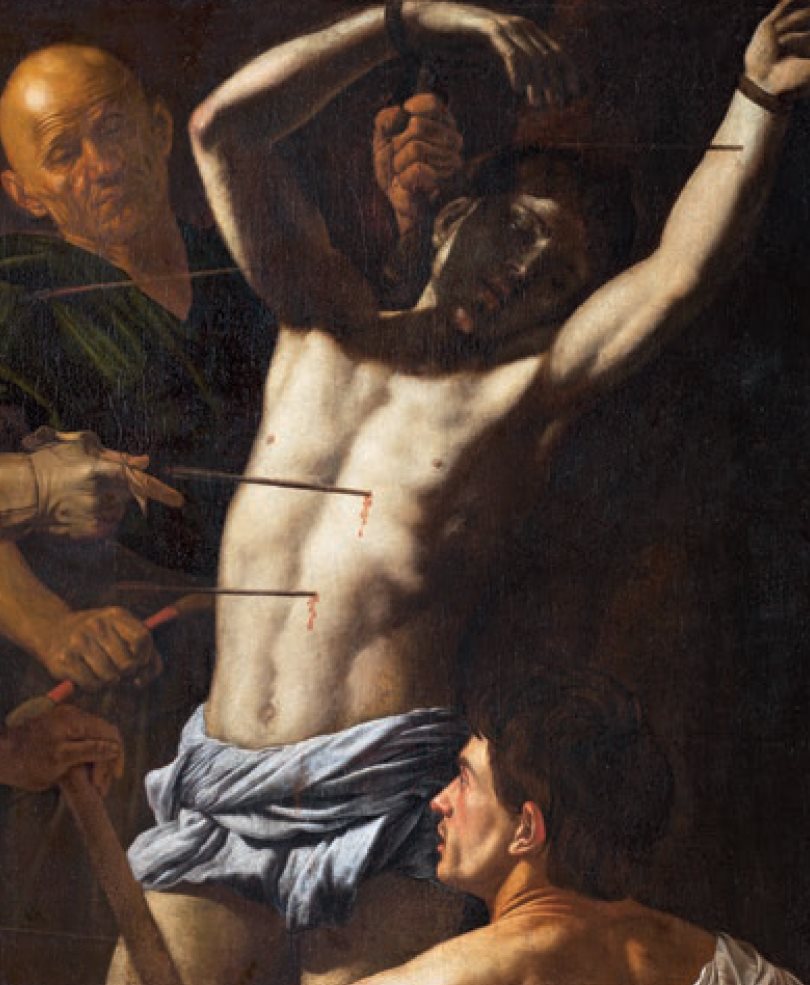Abstract
From the 17th century onwards, Caravaggio and his European followers were characterized as realists. Historical literature, long the subject of art historians’ research, does not provide a clear answer as to how the term was once understood. According to the authors of the paper, this source of knowledge on the master’s work, his techniques and painting practices, has already been exhausted. The paper presents knowledge on Caravaggio’s painting based on recent physicochemical studies, namely analyses of digital models of several Caravaggist works from the collection of the National Museum in Warsaw (by Cecco del Caravaggio, Francesco Cavallino, Theodoor Rombouts, and Jan ter Borch). These prove that Caravaggio and his followers employed a range of optical and painterly measures that went beyond simply imitating the appearance of the models, objects, and surroundings. The illusion of realism was achieved by means of various manipulations involving spatial relationships (distances between the figures and the different elements of the composition), bodily proportions, chiaroscuro modelling, and lighting.

This work is licensed under a Creative Commons Attribution 4.0 International License.
Copyright (c) 2022 Grażyna Bastek, Mateusz Jasiński (Autor)


